Sergei P. Korolev: The Path Of Space Genius
23rd Feb 2023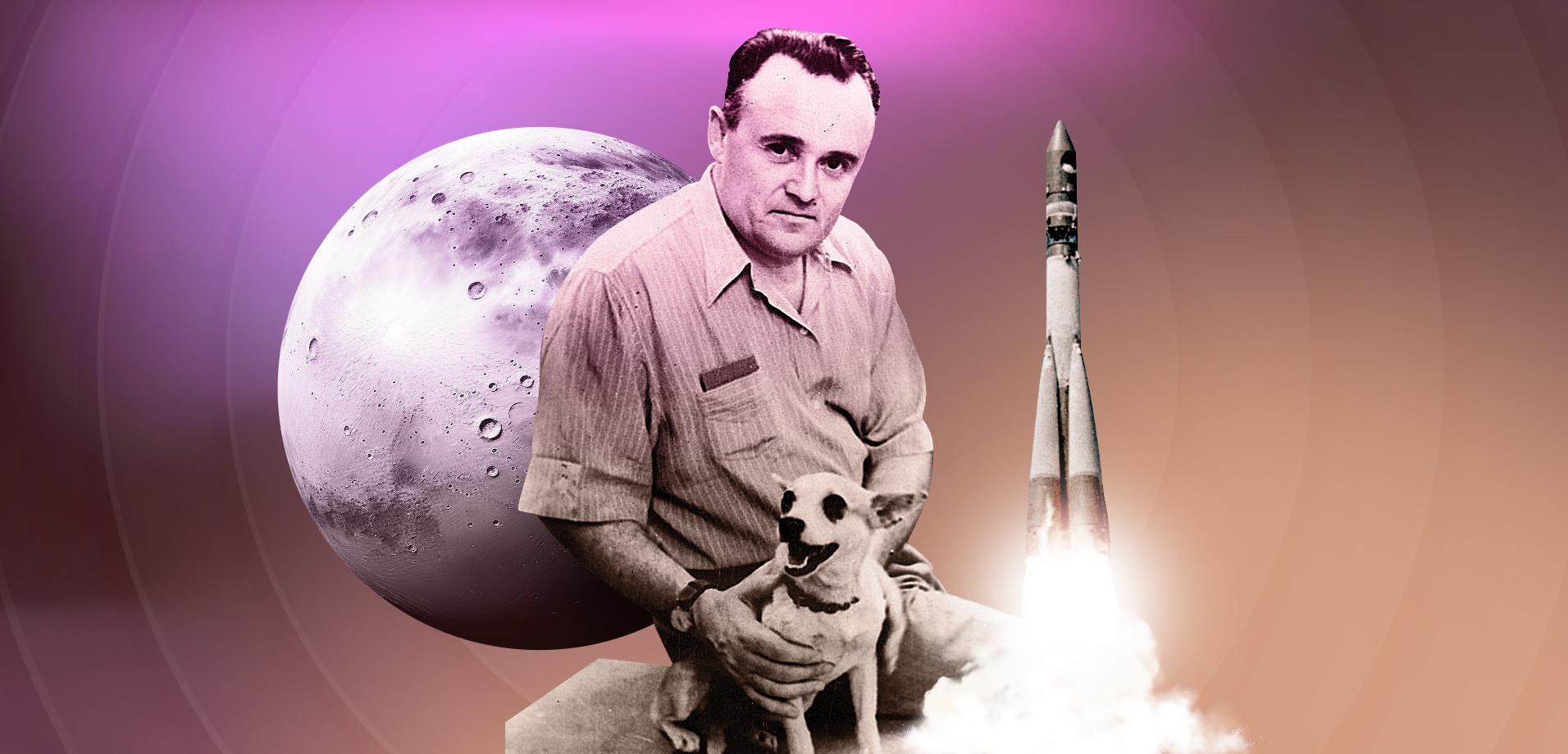
In this era of intensive space conquest, many are curious about who stood at its origins and to whom we owe today’s achievements. We will tell you the fascinating and tragic story of Sergei Pavlovich Korolev, a talented scientist and designer who created ballistic missiles, launch vehicles, the first manned spacecraft, and the first artificial Earth satellite.
Sergei Korolev: early years
Sergei Korolev was born on January 12, 1907, in the city of Zhytomyr in Volyn province of the Russian Empire, to a family of teachers — Pavel Korolyov and Maria Moskalenko. He spent his childhood in Zhytomyr and Kyiv, as well as in Nizhyn with his grandparents, where his parents brought the boy after their divorce. In his grandparents’ merchant family, Korolyov obtained a good upbringing and broad education. One day in the summer of 1911, young Sergei saw how pilot Sergei Utochkin flew an airplane, which had previously been delivered to the city by train, from the Nizhyn fairground. This event definitely left an indelible mark on the boy’s memory and, perhaps, influenced his future.
Education
From a young age, Korolev displayed intellect and curiosity. After two years of studying at an elementary school in Kyiv, he went to the first grade of a gymnasium in Odesa, where he moved with his mother and stepfather, Grigory Balanin. But the gymnasium was closed, and at first, Sergei was forced to study at a unified labour school for four months, after which he was educated at home. Fortunately, his mother was a teacher, and Balanin had an engineering education, so he was able to teach the boy the basics. In 1922-1924, while studying at a construction school, the young man showed a special interest and ability to study aviation technology, attending various courses and clubs.
In 1924, Korolev entered the Kyiv Polytechnic Institute, where he mastered engineering disciplines and sports gliding in two years. After 1926, he has continued his studies at the Bauman Moscow Higher Technical School, demonstrating outstanding abilities in aircraft design.
Sergei Korolev nationality – a matter of contention
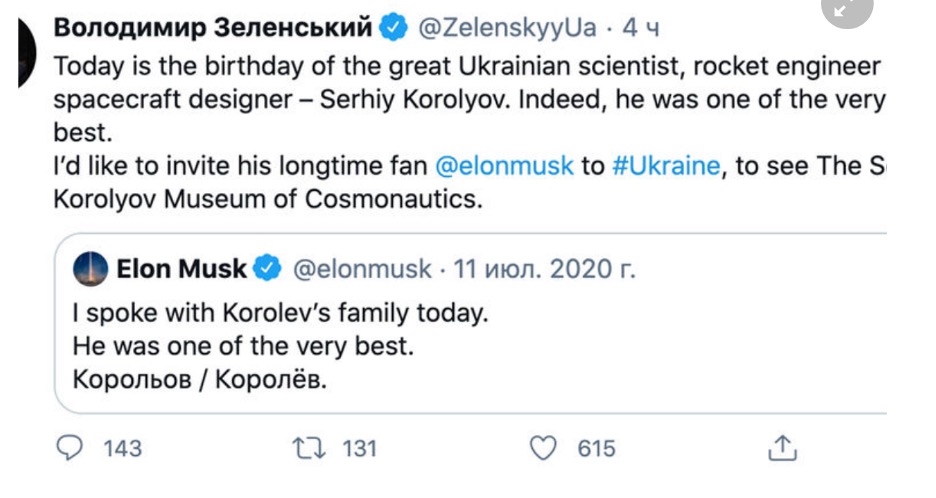
This question has been a subject of much controversy, especially in recent years. During his scientific activity, Sergei Korolev was a citizen of the USSR and was listed as Russian by nationality in his passport. However, he was born in Ukraine, which is also where he spent his childhood and youth, received an education, and took the first steps in his professional career. The future inventor’s mother was Ukrainian, so from his childhood to the age of 24, Korolev lived in close contact with Ukrainian culture. Korolev’s daughter, sharing her memories of her father, says that Sergei Pavlovich always spoke affectionately about Ukraine and was very fond of Ukrainian songs.
The beginning of a long journey
Sergei Korolev was facilitated by his acquaintance with pilots from the Odessa hydro (seaplane) detachment. Already at the age of 16, he was giving lectures on the elimination of aviation illiteracy and took an active part in the work of the Aviation and Aeronautics Society of Ukraine and Crimea.
By the time he graduated from the Moscow Higher Technical School, Korolev was known as an experienced glider pilot and a talented aircraft designer. In November 1929, he passed the glider pilot exams, and a month later, as a thesis, he presented the design of the SK-4 aircraft. Later, under the mentorship of aircraft designer Andrei Tupolev, Korolev built and tested the SK-4 for long-range flights, as well as the Koktebel and Krasnaya Zvezda (Russian for Red Star) gliders for performing aerobatics, in particular, a dead loop.
First steps in rocket science
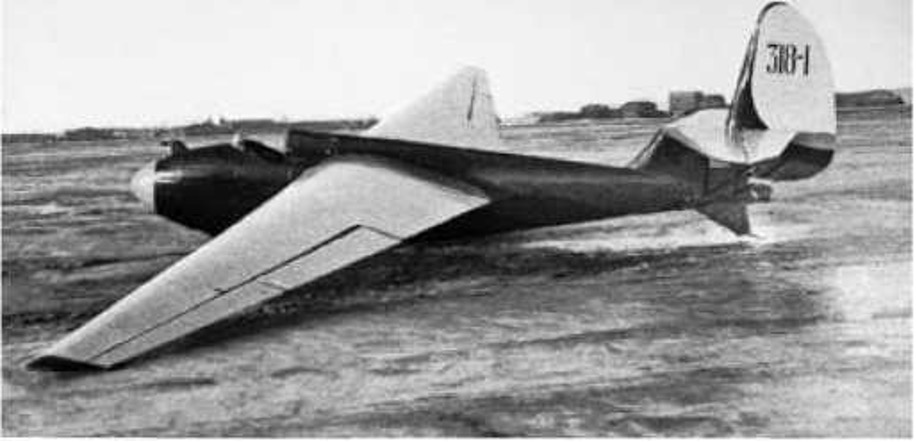
Acquaintance with the works of Tsiolkovsky inspired Sergei Korolev to new research, particularly to a deeper study of rocket science. In 1931, together with like-minded Friedrich Zander, he created the GIRD Jet Propulsion Study Group, which in fact, became a research and design laboratory developing rocket aircraft. Under Korolev’s leadership, GIRD developed the first hybrid-fueled ballistic missile, the GIRD-09 and, in August 1933, successfully launched it to a height of 400 m. Three months later, GIRD-X followed.
In September 1933, on the basis of the GIRD, the Reactive Research Institute was created, in which, over the next three years, cruise missiles 212 and 217 were designed and tested under Korolev’s leadership. In addition, Korolev is actively working on the concept of the RP-318-1 rocket plane with a liquid-propellant rocket engine as a high-altitude interceptor fighter. But then he was arrested, and could not be present to bring it to the flight test stage himself. Those tests took place without him in February 1940 and were successful.
Sergei Korolev: GULAG period
Despite Sergei Korolev’s invaluable inventions and his huge contribution to the country’s defence system, he could not avoid the cruel millstones of Stalin’s repression machine.
On 27th June 1938, the designer was arrested on a false denunciation by one of his “well-wishing” colleagues. He was accused of activities that allegedly led to a decrease in the country’s defensive capability in favour of fascism. The court accused Korolev of deliberately slowing down the development and transfer of new types of weapons to the army, and sentenced him to ten years in labour camps. The verdict was preceded by painful torture and beatings in the dungeons of the NKVD (The People’s Commissariat for Internal Affairs, the USSR’s interior affairs ministry). Then there were years of hard work in the gold mines in a harsh climate and under unfavourable living conditions, scurvy, and other losses and hardships that greatly undermined his health.
Maria Moskalenko petitioned for her son’s release. After reviewing the case in 1940, Korolev’s sentence was reduced to 8 years in prison, and the scientist was transferred to a camp-type design bureau, where he could continue his design activities. Under the leadership of Andrei Tupolev who had also been imprisoned, Korolev participated in the creation of the Tu-2 bomber, and from 1942, he was engaged in equipping combat aircraft with liquid rocket boosters, where Korolev managed to improve the aircraft speed and its dynamic characteristics, reducing the takeoff path length. In 1943, the designer prepared the Pe-2 dive bomber for testing.
Sergei Korolev’s big ballistic rocket
In the summer of 1944, Sergei Korolev was released early from prison for services to his homeland. A year later, he was sent to the Soviet zone of Germany to study captured rocket technology. On the basis of the Soviet-German rocket institute at Nordhausen, he studied the V-2 rocket for subsequent development and manufacture by the Soviets.
The result, called the R-1 ballistic missile, was successfully made from domestic materials, tested in 1950 and put into service. Korolev, who proved himself not only an excellent designer but also an intelligent organizer, worked on several projects simultaneously. In 1948-1956, under his leadership, a number of experimental rockets were created, including the R-7 intercontinental ballistic two-stage rocket with a flight range of 8000 km, which opened the USSR’s door to space.
What were Sergei Korolev’s inventions in the space industry?
The scientist’s achievements in rocket building helped form the basis for the conquest of space. After testing the R-7, Korolev and his supporters proposed launching an artificial Earth satellite into space. Sputnik 1 was launched into Earth orbit on 4th October 1957, which was a major breakthrough in the space race.
Korolev did not stop there and continued working on the creation of satellites for the defence, scientific and agricultural sectors, as well as automated interplanetary stations. Under his leadership, the following devices were launched into space:
- Sputnik-3 for solving geophysical problems.
- The Electron twin satellites for investigating the radiation fields of the Earth.
- The Luna explorers, which flew from Earth to the Moon and even took photographs of the planet’s satellite.
- The E-6 probe aimed to land on the Moon, photograph and transmit data.
But the ingenious designer’s major achievement was the development of three- and four-stage launch vehicles, which made manned flights possible.
Contribution to manned spaceflight
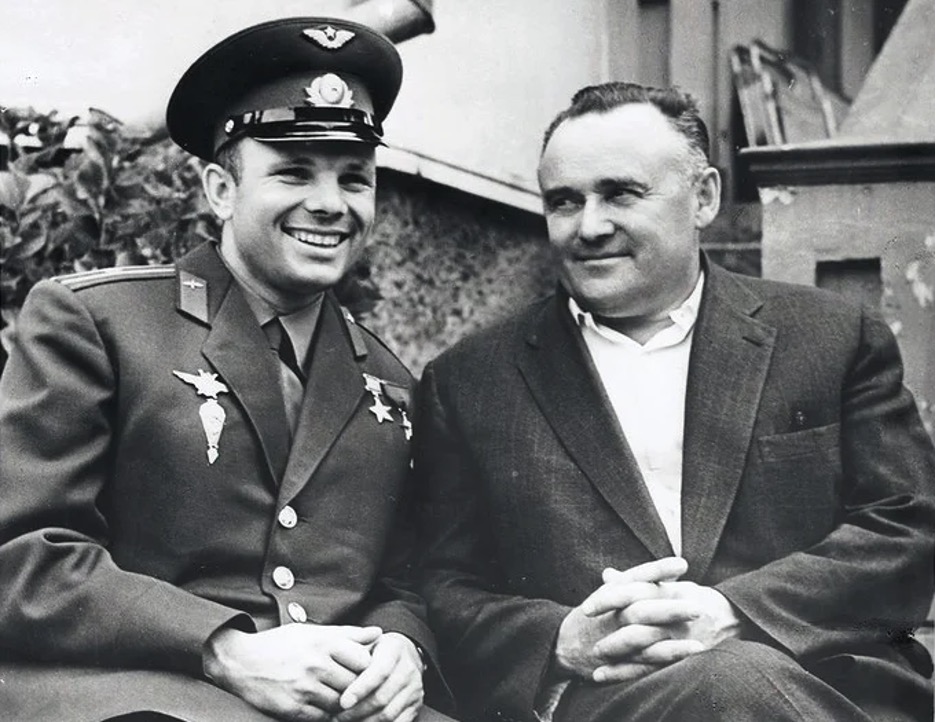
Talent and hard work brought Sergei Korolev the results he desired — the world’s first manned spacecraft, Vostok-1, was created, and on 12th April1961, Yuri Gagarin successfully circled the Earth in near-Earth orbit. During the designer’s lifetime, there were several more launches of manned spacecraft, and each of them performed more complex tasks:
- On 6th August 1961, German Titov spent a day in space onboard the Vostok-2 spacecraft;
- Vostok-3, piloted by A. Nikolaev, and Vostok-4, piloted by P. Popovich, were in space from 11th to 12th August 1962. During the flight, the astronauts communicated with each other via direct radio communication for the first time;
- On 14-16th June 1963, V. Bykovsky went into space on Vostok-5 and the first female cosmonaut Valentina Tereshkova on Vostok-6;
- On 12th October 1964, the first Soviet multi-seat Voskhod spacecraft with three cosmonauts on board was launched;
- On 18th March 1965, the flight of two cosmonauts on the Voskhod-2 spacecraft and A. Leonov’s first spacewalk in history took place.
The engineer also developed plans to conquer Mars and hatched a plan for landing a man on the Moon. He even started working on building a super-heavy interplanetary rocket called TMK and an orbital station. Korolev dreamed that one day astronauts could stay in space for a long time and conduct research, but a sudden illness prevented this dream from becoming a reality.
How and when did Sergei Korolev die?
Sergei Korolev death was ascertained on 14th January 1966, at the age of 59. How did this happen? During a scheduled operation to remove an intestinal polyp, he suddenly began to bleed heavily. The surgeons decided to open the abdominal cavity. When they did this, it became clear that the initial diagnosis was erroneous — Korolev had a large sarcoma. Even though it was safely removed, the scientist died 30 minutes after the surgery. He never regained consciousness from anaesthesia.
According to his daughter, Natalya Koroleva, the death was caused by fractures in the engineer’s jaws, which he suffered during interrogations after his arrest in 1938. Since his jaws could not open fully, it was impossible to insert a tube into the trachea for a “lighter” form of anaesthesia, and Korolev had to be given general anaesthesia, which proved too hard on his heart.
Famous Sergei Korolev quotes
According to his colleagues, Korolev was a pessimistic but not a bitter person. He never complained about anything and simply worked hard to implement his ideas. He often said, “I will be put down (shot) without an obituary.” The scientist also spoke accurately and vividly about the first satellite launch: “It was small, this very first artificial satellite of our old planet, but its signal call spread across all continents and among all peoples as the embodiment of the boldest dream of mankind.”
Epilogue
The difficult fate and years of hard labour damaged the health but not the spirit of this great scientist. He lived a harmonious family life, raised a daughter, and fulfilled himself in his career. Who was Sergei Korolev, and how will he be remembered in history? As a brilliant designer, and creator of the first artificial Earth satellites, launch vehicles, and manned spacecraft.
Korolev was rehabilitated only in 1957. For his merits, he received many awards, including the Hero of the USSR (twice). Museums and monuments have been opened in his honour, and his name is forever immortalized in the names of houses, streets, and celestial bodies.
Unfortunately, no one will ever know how many more Sergei Korolev inventions would have been revealed to humanity if he had not fallen victim to the Soviet system.
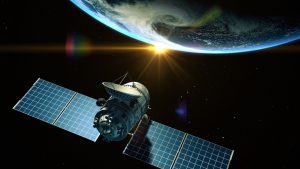

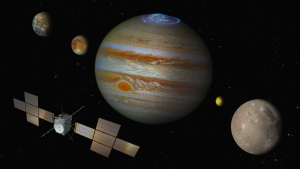

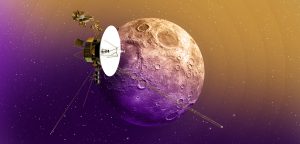

Thank you for your comment! It will be visible on the site after moderation.